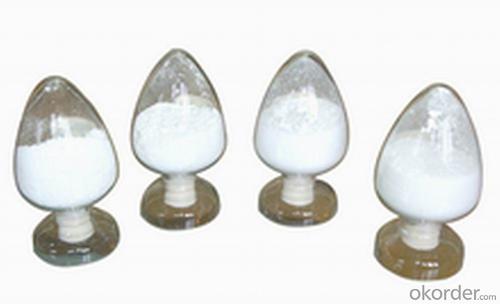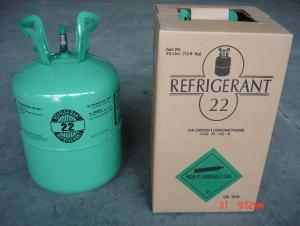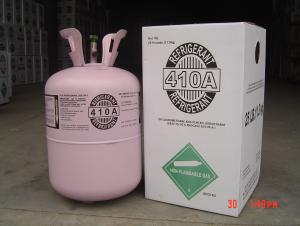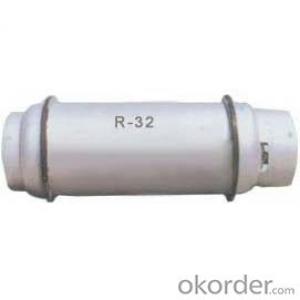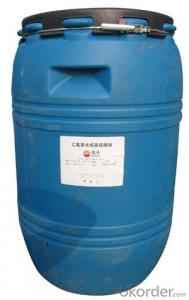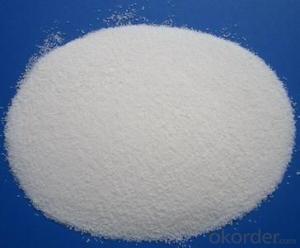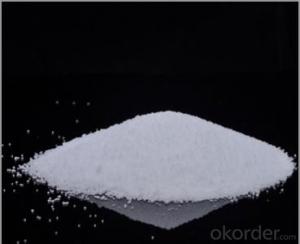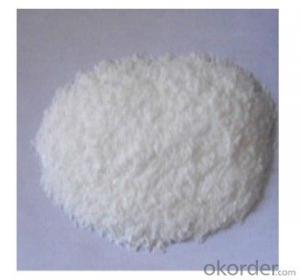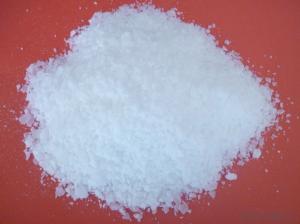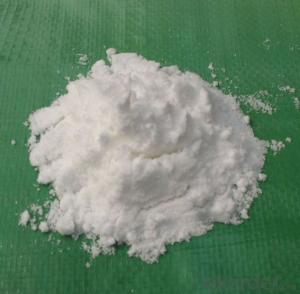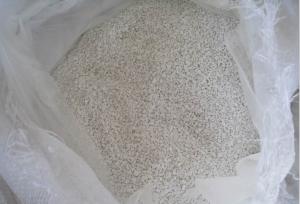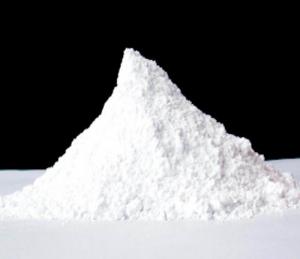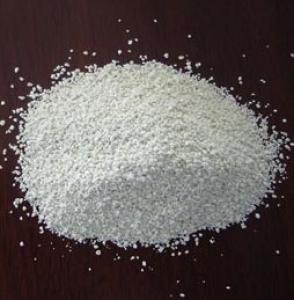Stearic Acid 1838
- Loading Port:
- Tianjin
- Payment Terms:
- TT OR LC
- Min Order Qty:
- -
- Supply Capability:
- 8000MT/month m.t./month
OKorder Service Pledge
OKorder Financial Service
You Might Also Like
Stearic acid
Formula: C18H36O2
Structural Formula:CH3(CH2)16COOH
Product Description:
Shaped like Lump, flake; Saturated fatty acid mainly with C16 and C18, white flake solid at ambient temperature, not dissolved in water, slightly dissolved in benzene and carbon bisulfide, and easily dissolved in hot alcohol. No smell no poison. It has the general chemical properties of organic carboxylic acid.
Physicochemical Properties:
pure product is white with a shiny soft small pieces, melting point 69.6 degrees, the boiling point of 376.1 degrees. Relative density 0.9408, refractive index 1.4299, slowly volatile in the 90-100 degrees. Slightly soluble in cold water, soluble in alcohol, acetone, soluble in benzene, chloroform, ethyl ether, carbon tetrachloride, carbon disulfide, toluene and so on.
Specification:
Item | Index | |||||
Grade No. | 1842 | 1838 | 1820 | 1860 | 1870 | 1880 |
Iodine value gI2/100g ≤ | ≤5.0 | ≤5.0 | ≤5.0 | ≤6.0 | ≤7.0 | ≤8.0 |
Saponification value mgKOH/g | 206~211 | 206-213 | 214-216 | 193-220 | 193-220 | 192-218 |
Acid value mgKOH/g | 208~210 | 210~211.5 | 214-225 | 182-218 | 192-218 | 193-220 |
Chroma (Hazen) ≤ | ≤60 | ≤80 | ≤100 | 200-400 | ≤150 | 400 |
Freezing point °C | 54~57 | 54~57 | 55~57 | 54 | 52 | 52 |
Moisture % ≤ | ≤0.2 | ≤0.2 | ≤0.2 | ≤0.3 | ≤0.3 | ≤0.3 |
Inorganic acid % ≤ | 0.001 | 0.001 | 0.001 | 0.001 | 0.001 | 0.001 |
Suggest Uses:
Mainly for the production of stearic acid salts: Widely used system for cosmetics, plastic cold-resistant plasticizer, release agent, stabilizer, surfactants, rubber vulcanization accelerator, waterproof agent, polishing agent, metal soap, metal mineral flotation agent, softeners, pharmaceuticals, and other organic chemicals.
In addition, oil-soluble pigments can be used as solvents, crayons transfer slip agent, waxed paper lighting agent, stearic acid glyceride emulsifier, etc..
Packing :25/50kg in PP bag ,25MT/20GP
Product Storage:
in dry warehouse ventilation should be more than 10mm from the ground to avoid damp products in the above-mentioned conditions, from the date of delivery for one year shelf life.
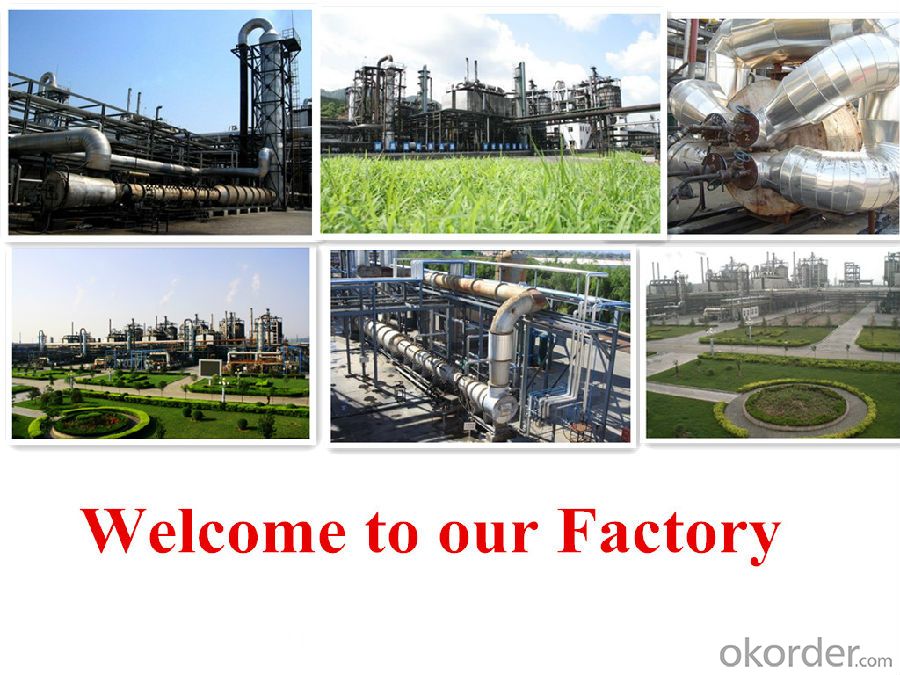

- Q: What is the difference between an aromatic compound and a hydrocarbon derivative?
- The aromatic compound is a benzene ring containing compound, which may be a hydrocarbon or a hydrocarbon derivative. Hydrocarbons are hydrocarbon-containing compounds, and hydrocarbons containing hydrocarbons other than hydrocarbons are derivatives of hydrocarbons. The two concepts have crossed.
- Q: What does organic and inorganic mean?
- [Inorganic] inorganic is inorganic compounds referred to, usually refers to non-carbon compounds. A small number of carbon-containing compounds, such as carbon monoxide, carbon dioxide, carbonates, cyanides, etc. are also inorganic. Inorganic materials can be divided into oxides, acids, alkalis, salts and so on. Organic compounds Definitions Organic compounds usually refer to carbon-containing compounds, or hydrocarbons, and their derivatives, are collectively referred to as organic compounds.
- Q: Simply talk about hydrocarbons
- Hydrocarbon is a hydrocarbon compound. The organic compound consisting only of carbon and hydrogen is called a hydrocarbon and a hydrocarbon, which reacts with chlorine, bromine vapor, oxygen, etc. to produce a hydrocarbon derivative, Hydrocarbons (and benzene) do not react with strong acids, strong bases, strong oxidants (eg potassium permanganate), but unsaturated hydrocarbons (olefins, alkynes, benzene homologues) can be oxidized or react with hydrogen halide The
- Q: High school chemical hydrocarbons with hydrocarbon derivatives with water solubility, density for accurate and comprehensive summary, thank you. Out of college entrance examination
- Hydrocarbons, halogenated hydrocarbons, esters are difficult to dissolve in water. Hydrocarbons, esters are denser than water, and the density of halogenated hydrocarbons is generally greater than that of water. Hydrocarbon derivatives containing hydroxyl, amino or aldehyde groups such as alcohols, phenols, aldehydes, carboxylic acids, sulfonic acids and amines are soluble in water, And the shorter the solubility of the carbon chain, the greater the solubility of the carbon chain increases, until the same number of carbon atoms and similar hydrocarbons.
- Q: China's largest asphalt production base where
- Oil asphalt is the residue after distillation of crude oil. According to the degree of extraction of different, at room temperature into a liquid, semi-solid or solid. Oil asphalt color black and shiny, with a high temperature. Because it is in the production process has been distilled to 400 ℃ or more, and thus contain little volatile components, but there may still be high-molecular hydrocarbons without volatile, these substances are more or less harmful to human health.
- Q: Is the oxygen derivative of the hydrocarbon a non-methane total hydrocarbon?
- Since it is a hydrocarbon, it is bound to be a hydrocarbon, and the oxygen derivative of the hydrocarbon is not a hydrocarbon! Therefore, even if the oxygen-containing derivative is volatile again, it is not a non-methane total hydrocarbon
- Q: What is a derivative?
- Derivative refers to a complex compound in the hydrogen atoms or atomic groups replaced by other atoms or atomic groups derived more complex products.
- Q: Carboxylic acid and carboxylic acid
- The carboxylic acid can not react with the carboxylic acid, which is esterified with a hydroxyl alcohol, for example, acetic acid (acetic acid) reacts with ethanol (alcohol) to produce ethyl acetate with a special flavor.
- Q: Rush! Hydrocarbon and hydrocarbon derivatives system information includes chemical formula, common name, Chinese name and so on
- hydrocarbon
- Q: Such as the title, the personal feeling of chemical transliteration of Chinese transliteration can be done so easy to write, weird name in addition to keep the high point, no good, but rather affect the people's understanding of medicine and memory, contrary to the text to facilitate the exchange of memory Original intention
- China's chemical name may be the best of both Latin and English
Send your message to us
Stearic Acid 1838
- Loading Port:
- Tianjin
- Payment Terms:
- TT OR LC
- Min Order Qty:
- -
- Supply Capability:
- 8000MT/month m.t./month
OKorder Service Pledge
OKorder Financial Service
Similar products
Hot products
Hot Searches
Related keywords


